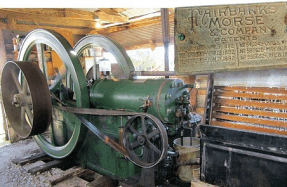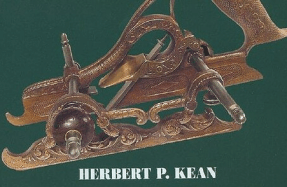
“If the intention is to accurately restore an engine then the original quality of painting should be followed.”
— Peter Rooke
If the decision has been made to paint an engine, the first task is to decide on the type of finish. Depending on the manufacturer of an engine, the standard of paint finish will vary, both in the quality of paint used and the preparation of the castings and parts. Otto engines had a good finish to justify their expense whereas the cheaper Amanco just had paint applied on rough castings. Lining or pinstriping was also present on some engines although in some cases this was for “show” or demonstration engines rather than normal production.
If the intention is to accurately restore an engine then the original quality of painting should be followed. To get a flawless finish, a high standard of preparation is essential, particularly the cleaning and priming of the casting. Alternatively if the engine still has vestiges of paint and has not been ravaged by rust then it would be entirely appropriate to leave it “as is.” This is very much a personal decision.
Preserving old finish
There are many suggestions on preserving the old finish and patina of an engine. The original manuals mentioned wiping the paintwork down with a lightly oiled rag and this is still the best way.
Do not use WD-40. While this will remove any water, it will not prevent rust; a thin lubricating oil works best or use one of the special anti-rust treatments.
Some people clean the engine then apply a thin coat of a mixture 50% boiled linseed oil and 50% mineral






